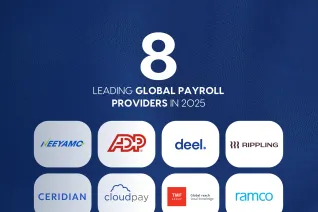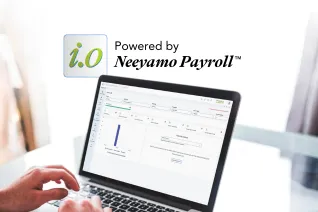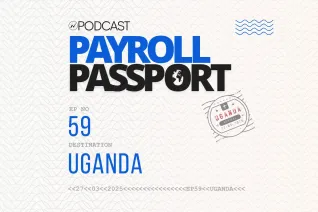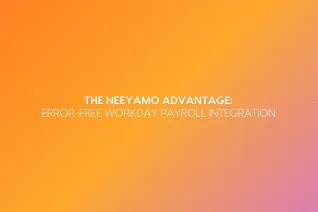What is unified multi-country payroll and how it benefits businesses
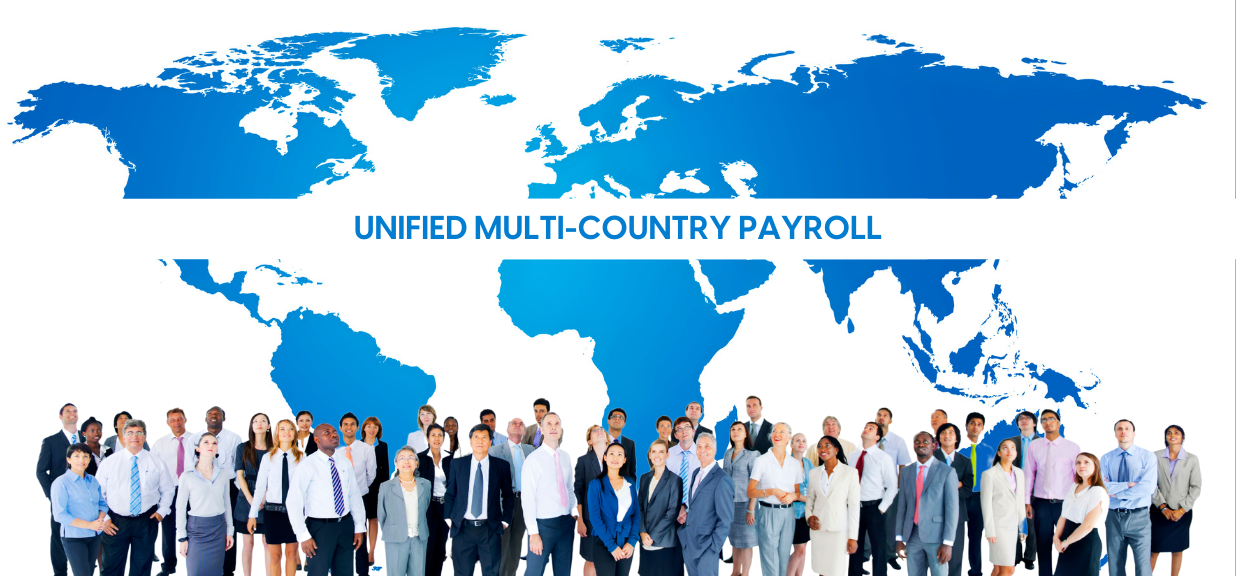
Ever tried booking an Uber at rush hours? You can see prices fluctuating every minute! This fluctuation in pricing perfectly illustrates the ‘supply and demand’ theory that Economic professors preach. So, as demand increases prices increases and that is a universal truth.
Comparably, as the geographic footprint of an organization increases, the complexities in managing global payroll also increase. Fortunately, over the last few years, HR cloud solutions with technology as the driver have been helping companies phenomenally in administering multi-country payroll in spite of its complex nature.
HCM application leaders have been leveraging technology to unify their payroll operations in multiple countries under a small number of vendors, which has created the concept of ‘unified multicountry payroll’. Let’s first look at what this concept is.
What is unified multi-country payroll?
The concept of unified multi-country payroll approaches global payroll management by implementing an integrated solution through which enterprises can oversee the data, processes, and operations involved with their global payroll function. HR leaders can strategize either to keep it ‘in-house’ with a payroll management system that is localized enough to be utilized for payroll calculations and/or to ‘outsource’ payroll operations where a business process outsourcing (BPO) payroll vendor/aggregator becomes responsible for the payroll management across all the countries the organizations operate in.
Gartner’s Hype Cycle for Human Capital Management Technology 2020 positions unified multi-country payroll as an emerging strategy in the peak of inflated expectations. This strategy leverages powerful platforms that can help payroll leaders glean valuable insights and make strategic decisions to elevate the payroll function.
Benefits of unified multi-country payroll
The following are the key benefits organizations can reap when they adopt the unified multi-country payroll approach.
1. Enabling integration to boost performance
When you look at what happens with a traditional ‘aggregator’ model, a global service provider will be seen to join hands with a large number of local payroll providers aiming to manage the customers’ global payroll requirements across all countries of operation. The global service provider aggregates the entire payroll data into one single application for further payroll processing. Although this model was prevalently used, on digging deep, one would find that the odds of inconsistent or erroneous payroll input data being fed into the payroll engines are relatively high. This is because of the existence of different fragmented systems leading to inaccurate payroll data.
Learn more: 5 ways to ensure source data quality for payroll accuracy
Path-finding global payroll solutions enable multinational organizations to handle payroll management effectively with a centralized, unified data platform capable of integrating ancillary payroll processes, other HR services, and financial wellness offerings. Such solutions can provide standardized processing of payroll input data in real-time. Irrespective of where an employee is based out of, companies can manage their payroll with a completely consolidated view and analysis of payroll operations across all countries that they are operating in.
2. Enabling global compliance
As companies expand their global footprint, the need for global compliance and standardization across jurisdictions becomes a paramount contributing factor to their overall growth. Centralized global payroll systems enable companies to adhere strictly to both local and global legislations. Amendments and updates to legal protocols and guidelines can be tracked and implemented distinctively into local process systems.
Learn more: 4 best practices to simplify country-specific compliance administration in global payroll
3. Reducing the complexities in expansion
A unified international payroll platform can significantly reduce the complexities of global expansion. The ‘one international payroll service provider to geographically unify an entire multinational organization’s global payroll’ concept opens doors to a customized and streamlined solution for all international payroll processing needs, saving more time and resources to focus on moving ahead. Furthermore, such a payroll solution will offer technology-enabled consolidation of global operations which will ultimately bring down the intricacies of scaling up.
4. Enhancing employee experience
Organizations have started recognizing the need for a payroll system that delivers a seamless employee experience. A unified multi-country payroll solution’s single system of records provides integrated employee data that can be a powerful tool to help drive strategy, increase agility and improve employee engagement right across your organization. A unified payroll platform can help companies achieve consistency across services provided to all their employees. Furthermore, it will also provide a localized user interface that adheres to local norms with respect to time, currency and language. With such a platform, issuing payroll checks on time will no longer be a problem
5. Building comprehensive reports in real-time
When companies manage their global payroll through multiple disparate systems, it becomes tedious to measure payroll efficiency. In that case, the visibility and accessibility pertaining to business-critical data that would help HR leaders to glean meaningful insights are low. This inhibits their ability to make data-driven payroll performance management decisions.
Unified multicountry payroll management offers a comprehensive reporting functionality that allows greater visibility to global payroll management teams. With audit trails and in-system authorization, a multi-country global payroll solution will give clarity over round-the-globe payroll operations and the roles and responsibilities a typical international vendor holds. This also enables management of all employee records across multiple countries from one single interface.
The market for multicountry payroll solutions is continuously transforming as new use cases, capabilities and customer expectations rise up. Payroll leaders of organizations that strive to expand across a multitude of countries should devise a global payroll transformation strategy that integrates payroll operations and offers standardization, harmonization, and simplification. Such a solution would be an antidote to problems like payroll leakages and inconsistency in information pertaining to cross-border management.
With global payroll turning increasingly regulated and complex to manage, outsourcing it to forward-looking service providers is key. Neeyamo is one such payroll service provider, mentioned in Gartner’s Market Guide for Multicountry Payroll Solutions. Neeyamo provides end-to-end, full service payroll solutions that manage input automation, accurate and timely payments, statutory filing and effective query management.
To know more about how a unified multi-country payroll solution can transform your global payroll click here. Our payroll experts are listening and will be happy to assist you.
Latest Resources
Stay informed with latest updates
If you're curious and have a thirst for knowledge pertaining to the HR, payroll, and EOR universe, don't miss out on subscribing to our resources.






